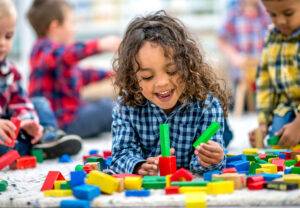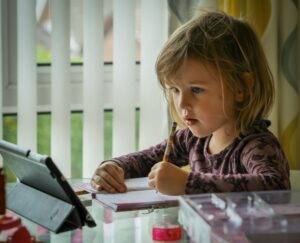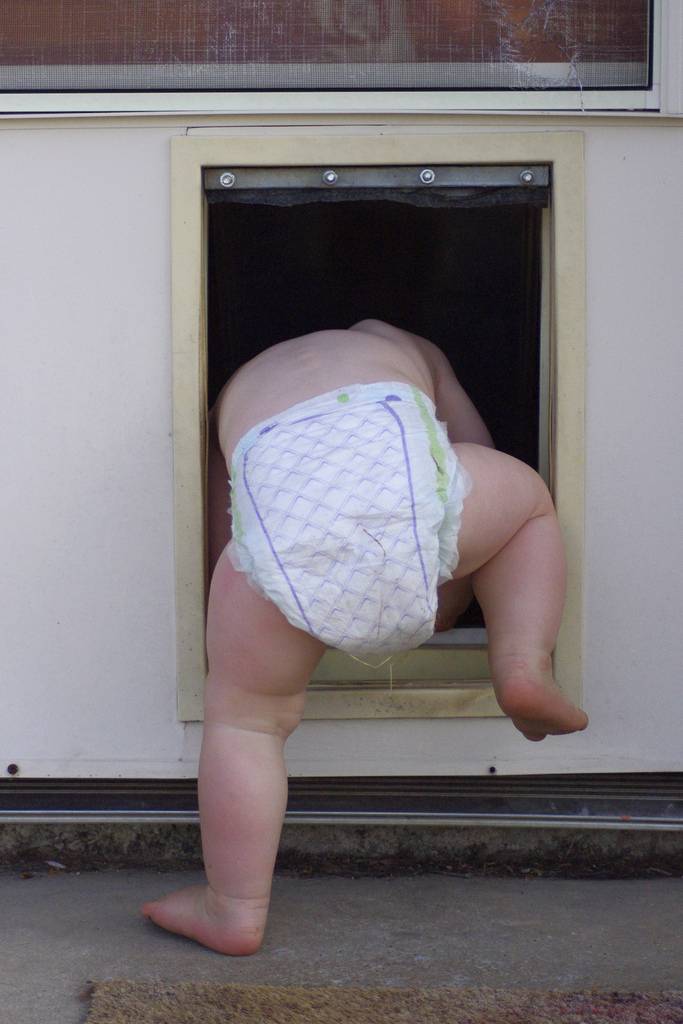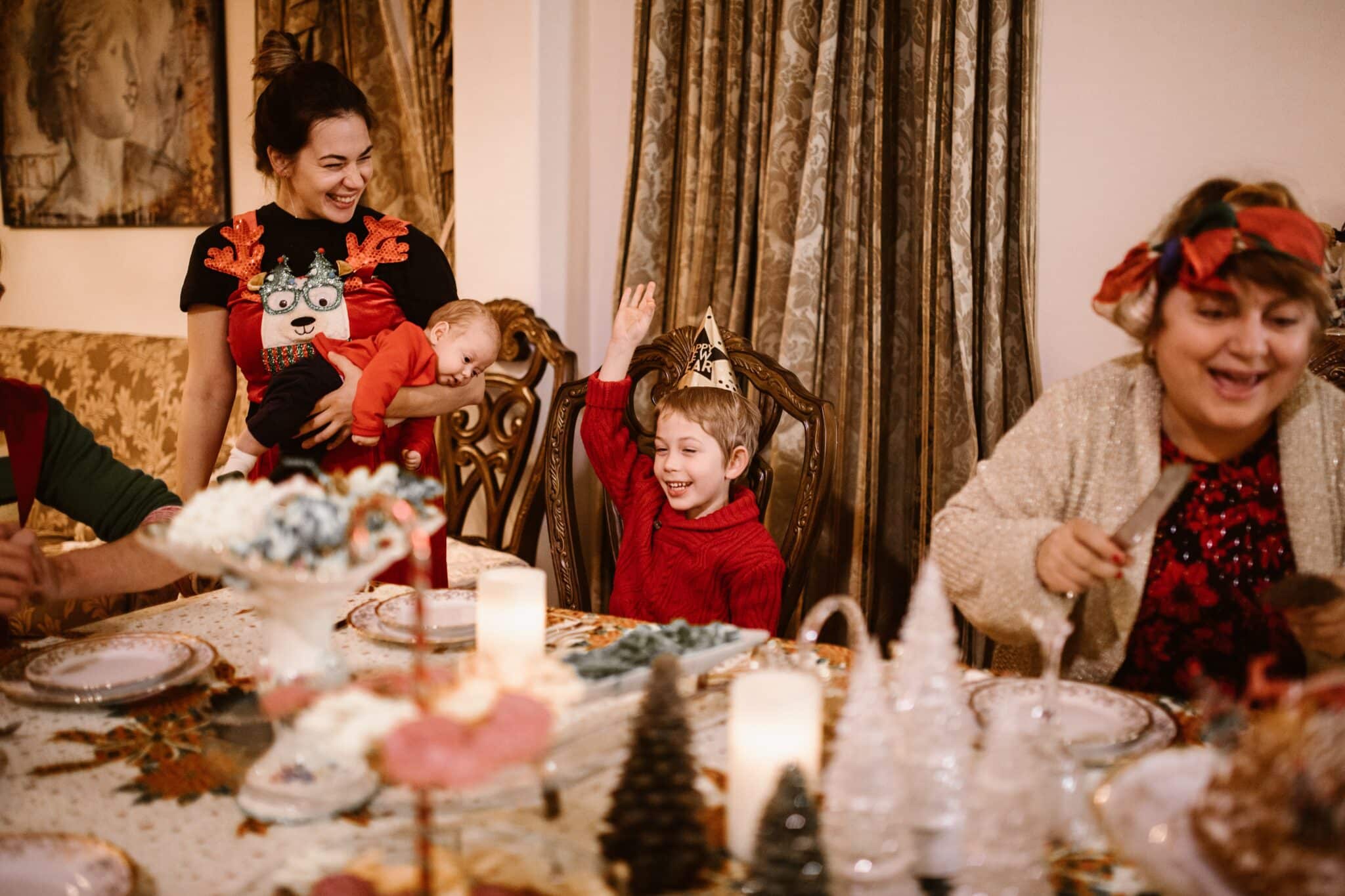As a parent, creating a home that’s both stylish and safe for your kids can sometimes feel like an unsettling task. We will help you choose child-friendly decor for your home!
Whether you’re expecting your first child or looking to adapt your living space for your growing family, finding the right balance between aesthetics, functionality, and safety is important for a child-friendly home.
In this post, we’ll explore innovative and practical child-friendly decor tips that will transform your home into a haven for little ones while expressing your distinctive style.
Let’s dive into the world of child-friendly home decorating, offering you insights and actionable tips to create a safe and functional environment for your family.
Safety First
Make safety your top priority in a child-friendly home. Every aspect should be carefully considered to minimize potential hazards and create a secure environment for your little ones. Here are some safety tips to keep in mind:
Furniture
- Choose furniture with rounded edges to reduce the risk of injuries from sharp corners. Look for pieces with smooth, curved edges that are child-friendly.
- Choose sturdy furniture, especially in areas where children spend time playing. Avoid lightweight or flimsy ones that can easily tip over if climbed on.
Materials
- Select non-toxic materials, that is, child-friendly materials. Look for products that are labeled as low-VOC (volatile organic compounds) or made from natural materials such as solid wood, bamboo, or organic fabrics.
- Easy-to-clean materials withstand spills, stains, and frequent cleaning. Avoid furniture with intricate designs or delicate fabrics that are difficult to clean.
Flooring
- Choose cushioned flooring such as carpets, rugs, and foam tiles in areas where children play and spend time. These materials are child-friendly, providing a comfortable and safe surface, and reducing the risk of injuries from falls.
- Install child-friendly, non-slip flooring in areas prone to spills or water exposure, such as kitchens and bathrooms, to prevent slips and falls. Look for varieties with textured surfaces or non-slip coatings for added safety.
Creative Storage Solutions
You can keep your home organized even with little kids around. You can maintain order and style. Here are a few tips to keep their toys, clothes, and other stuff neatly organized and easily accessible.
Toy Storage
- Use child-friendly, decorative bins and baskets that nicely complement your home’s decor. Look for fun colors and patterns that add a playful touch to any room. These bins can be placed on shelves, under tables, or in corners for easy access.
- Wall-mounted shelves keep toys off the floor and within reach. Combine open shelves for frequently used toys and closed cabinets or boxes for stuff that is used less often. Adjustable shelving units can grow with your child’s needs.
- Utilize the space under the bed for additional storage. Under-bed storage bins or drawers are perfect for stashing away toys, games, and other items when not in use. This keeps the floor clear and makes cleaning up quick and easy.
Multipurpose Furniture
- Choose ottomans with built-in storage to hide toys, books, and other items while providing extra seating. They are versatile and can be moved around the house.
- Benches with storage compartments are great for entryways, playrooms, or bedrooms. They provide a place to sit and put on shoes, while the hidden storage beneath can hold toys, shoes, or blankets.
- Beds with built-in drawers or trundle beds provide additional storage space. These are ideal for storing clothes, bedding, and seasonal items, helping to keep the bedroom tidy and clutter-free.
Labeling and Organization
- Put clear labels to identify where each item belongs. This not only helps keep things organized but also makes it easier for children to learn where to put things back. You have choices of printed, chalkboard, or even picture labels that are child-friendly.
- Group similar items together and store them in clearly labeled bins or drawers. For example, keep all building blocks in one bin, dolls in another, and art supplies in a separate container. The same goes for clothes—group similar items.
- Storage compartments can be child-friendly, that is, easily accessible for your children. Low shelves, bins, and drawers allow them to reach and put away their toys and clothes independently.
Functional and Fun Spaces
Creating these spaces in your home not only enhances its overall appeal but also supports your children’s growth and development. Here are some ideas to help you design specific zones that cater to play, learning, and relaxation, thus, creating a child-friendly home.
Play Areas
- Designate play zones within common rooms like the living room or family room. Use rugs or play mats to define these zones and add a sense of boundary. Include child-sized tables and chairs for activities like drawing and crafting.
- Incorporate fun elements such as teepees, play tents, or climbing structures to make the play area inviting and exciting. These items can stimulate imaginative play and provide a cozy retreat for your child.
Homework Stations
- Create a distraction-free homework area by setting up a desk in a quiet part of the house, such as a corner of the living room, a bedroom, or a home office. The area should be well-lit with natural light and a desk lamp to reduce eye strain.
- Stock the area with supplies like pencils, pens, paper, scissors, and a calculator. Use organizers to keep these items tidy and within easy reach.
Reading Nooks
- Designate a small corner of a room as a reading nook. Use soft furnishings like bean bags, floor cushions, or a small armchair to create comfortable seating. Provide ample lighting conducive for reading. Natural lighting is beneficial.
- Install bookshelves or wall-mounted shelves to keep books organized and accessible. Rotate the selection regularly to keep your child’s interest piqued and encourage a love for reading.
Additional Tips
- Create multi-functional spaces that can serve more than one purpose. For example, a play area can also include a small table for homework or art projects.
- Personalize each space with your child’s choices. Let them choose colors, decorations, or themes to make each area feel special and uniquely theirs.
- Design spaces that can adjust as your child grows. Use modular furniture and storage solutions that can be easily rearranged or repurposed to meet changing needs.
Color Schemes and Themes
Choosing the right color schemes and themes for your child’s space can significantly impact their mood, behavior, and overall happiness.
- Colors can evoke different emotions and behaviors. For instance, blues and greens are known for their calming effects, making them ideal for bedrooms and study areas.
- Bright colors like yellow and orange can be energizing and cheerful, perfect for playrooms and creative spaces. Reflect on your child’s interests in the room’s theme without overloading the space.
- Use forest greens, sky blues, and sandy browns to create a nature-themed room. Add elements like a tent bed, animal decals, and nature-inspired bedding. Dark blues, purples, and metallic accents evoke a cosmic feel.
- Use your child’s favorite sports or hobbies as inspiration. For example, a soccer-themed room can have green walls, soccer ball motifs, and sports memorabilia. The theme is subtle through decor items rather than dominating the entire room.
Personalized Touches
Adding personalized touches to your child’s space not only makes the area more special and unique but also helps foster a sense of ownership and pride. It involves your children in the decorating process to create a space that reflects their personalities.
- Create or purchase name plaques to hang on bedroom doors or above beds. These can be personalized with your child’s name in fun fonts and colors, adding a special touch to their personal space.
- Choose bedding that reflects your child’s interests and preferences. Custom-made or personalized bedding sets can feature their favorite colors, patterns, or even characters, making bedtime more enjoyable.
- Create a photo wall or gallery with pictures of family, friends, and memorable moments. Use frames, clipboards, or string lights with clips to display the photos, and change them out periodically to keep the display fresh and relevant.
- Engage in simple DIY wall art projects with your child. This could include painting canvases, creating collages, or crafting handprint art. Display these creations proudly on the walls to add a personal and artistic touch.
Practical Tips for Maintenance
Maintaining a child-friendly home also involves keeping your space clean and adaptable as your children grow. Ensure your home evolves with your family’s needs.
- Establish a daily cleaning routine that involves the whole family. Set aside a specific time for everyone to put away toys, books, and other items. This prevents clutter from accumulating and makes the home feel more organized.
- Assign age-appropriate chores to teach responsibility for maintaining the home. Young kids can handle simple tasks like putting toys in bins or setting the table, while older kids can take on complex chores like vacuuming or folding laundry.
- Create a weekly cleaning schedule that includes tasks like dusting, mopping, and washing bedding. Divide tasks among family members to make the workload manageable and ensure that all areas of the home are regularly maintained.
- Implement an incentive system to encourage your children to participate in cleaning routines. Reward them with stickers, small treats, or extra playtime for completing their chores and contributing to the upkeep of the home.
Create a Child-Friendly Home
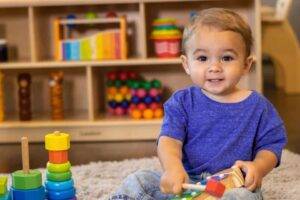 Let’s get started on making your home a perfect blend of comfort, style, and safety!
Let’s get started on making your home a perfect blend of comfort, style, and safety!
Creating a child-friendly home that balances safety, fun, and functionality is essential for fostering a nurturing and supportive environment for your family.
By following the practical tips outlined in this post, you can maintain an organized and beautiful home. Prioritize these elements where your children can thrive, learn, and play, making your home a true reflection of your family’s love and creativity.
Whether you’re redecorating a single room or your entire home, these ideas will help you make informed decisions that benefit everyone in your household. We at Omega Pediatrics love to hear your stories about your experiences in creating a child-friendly home.

